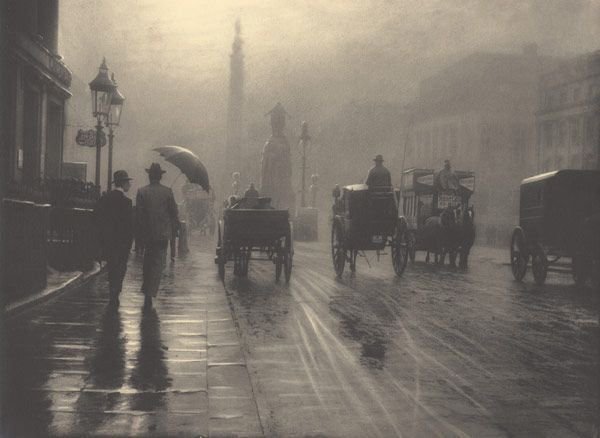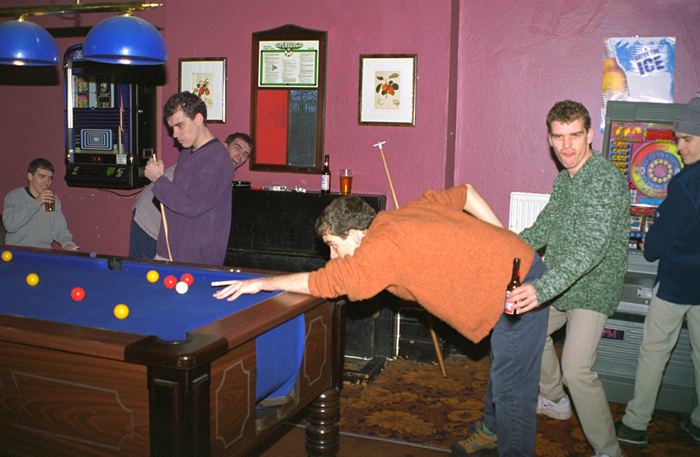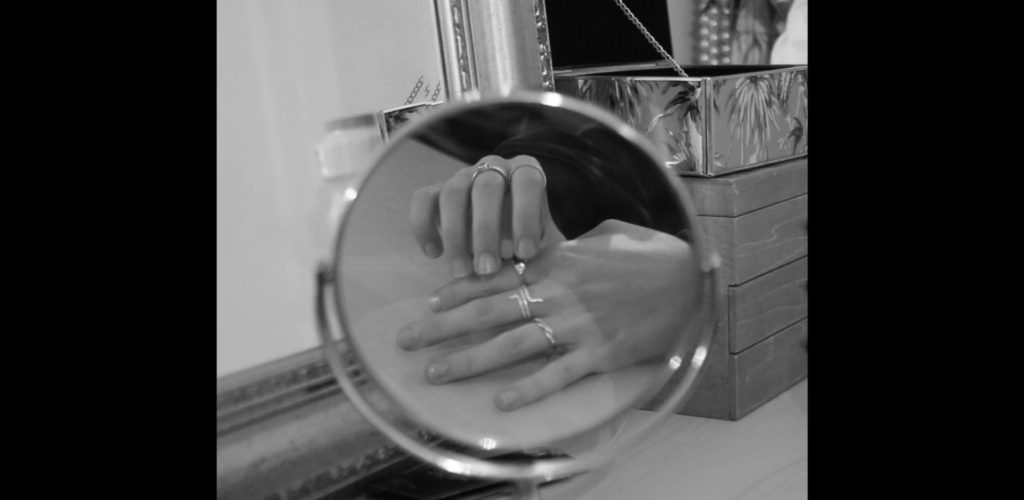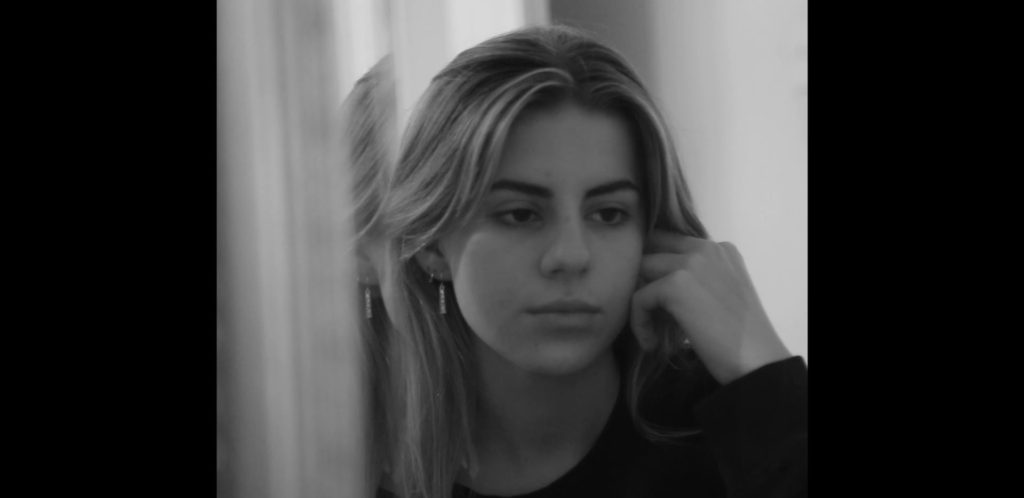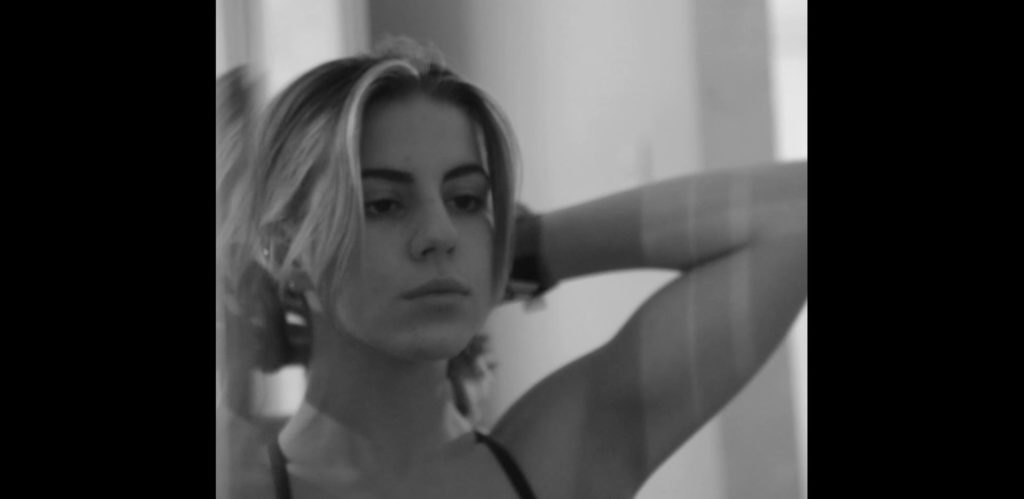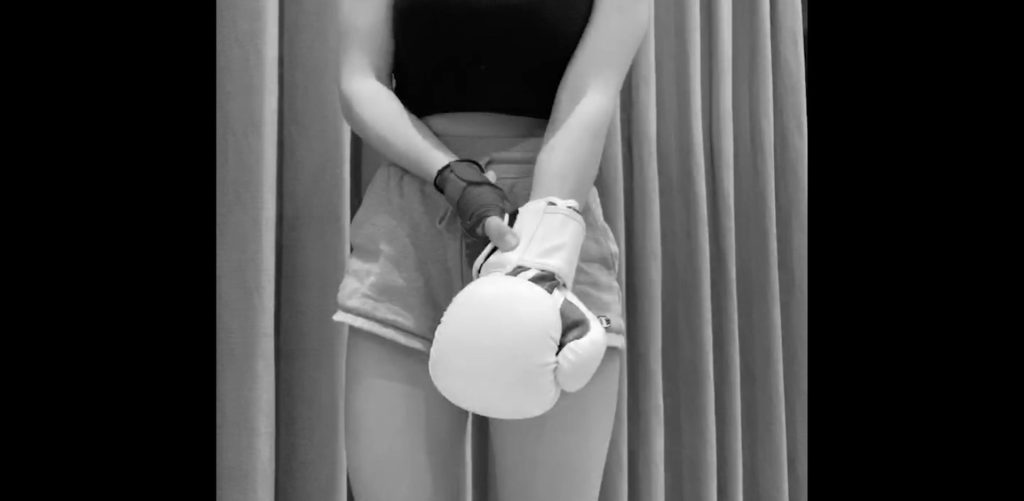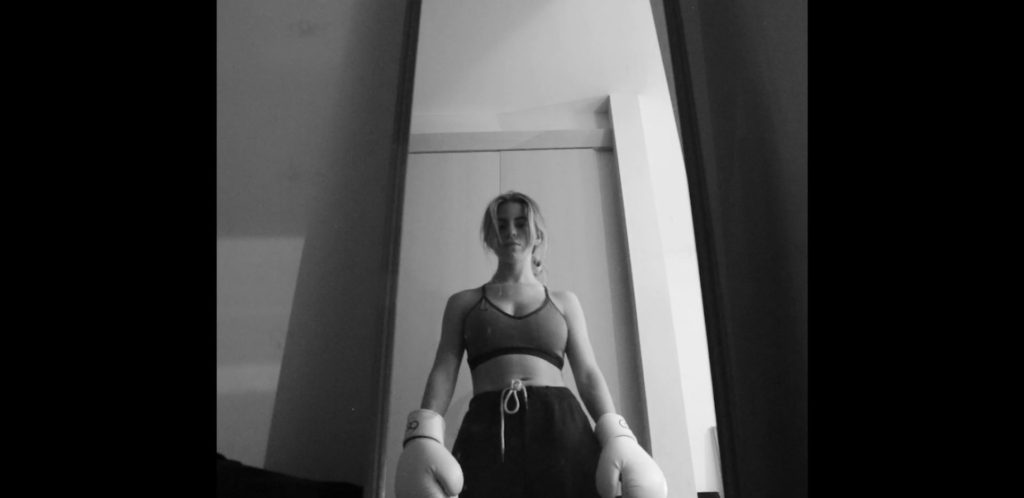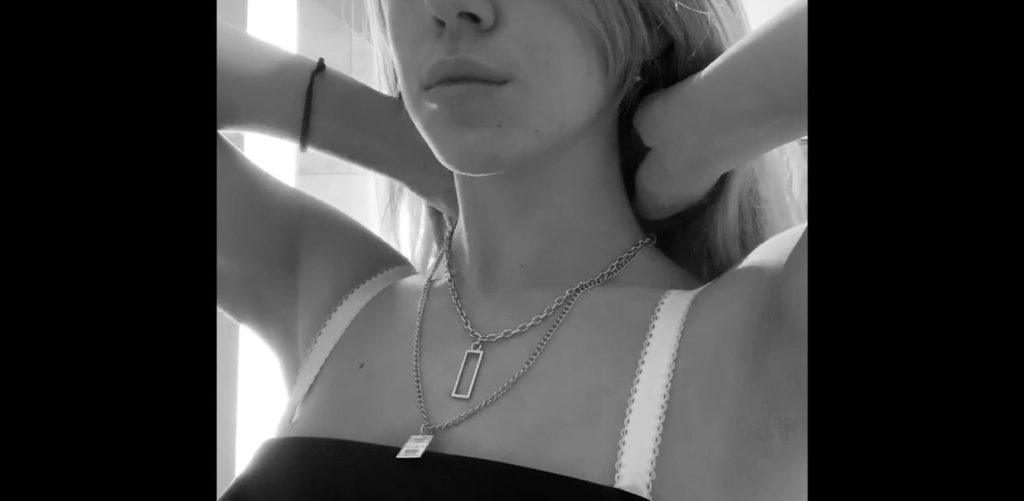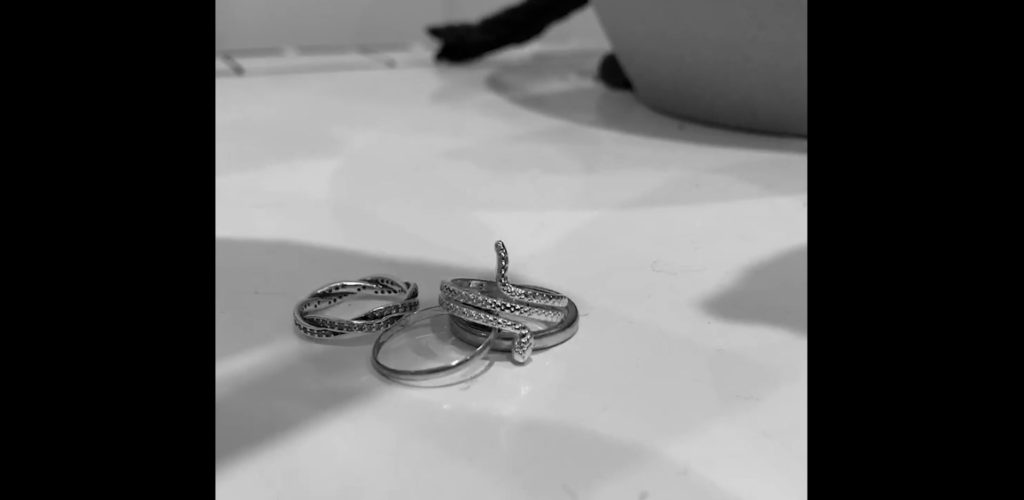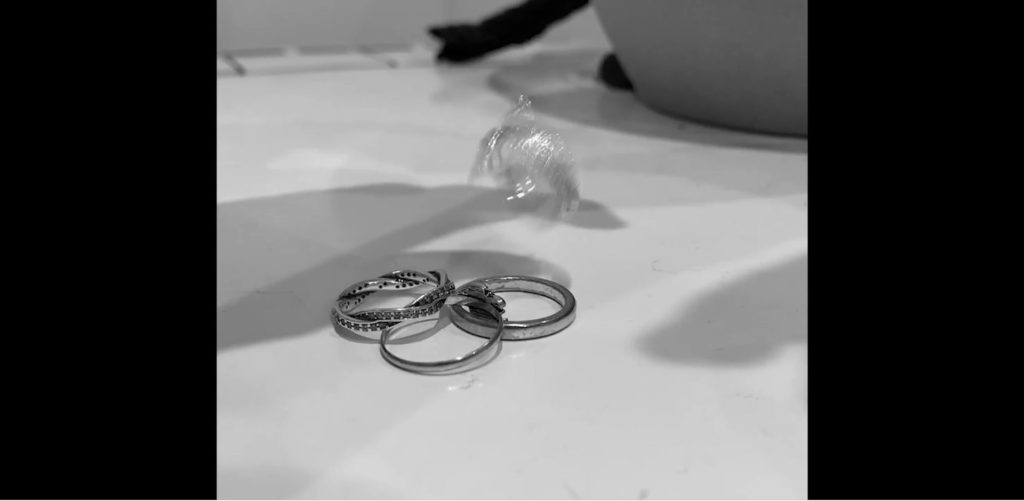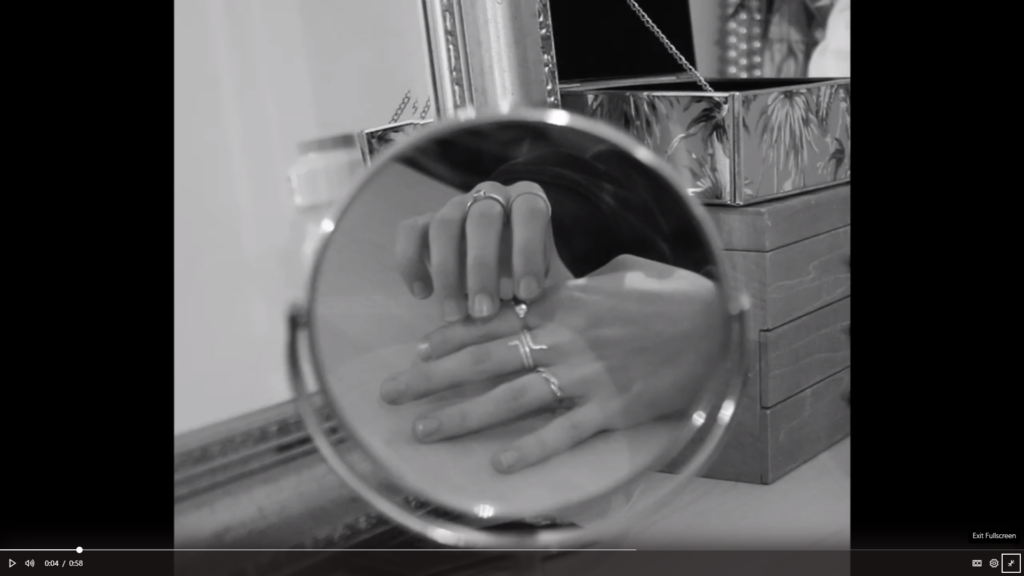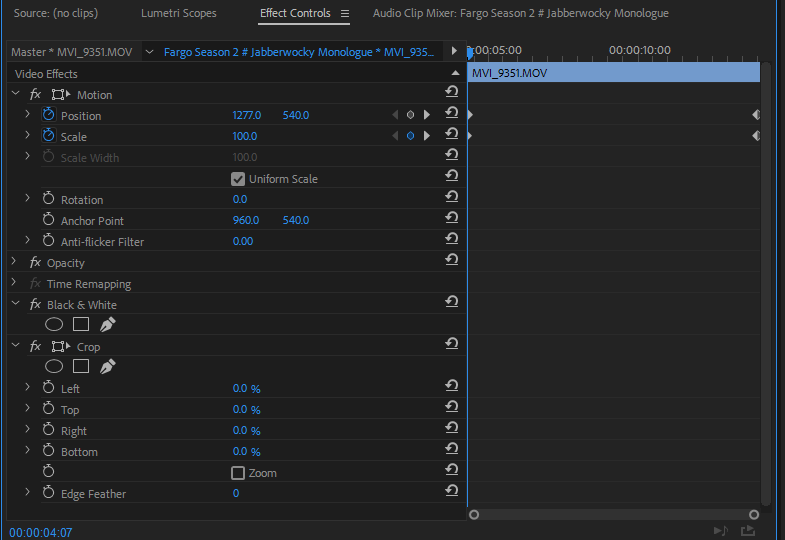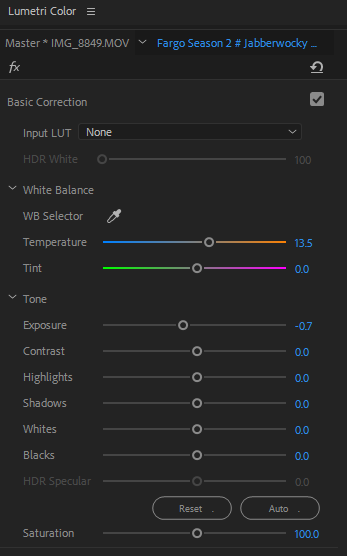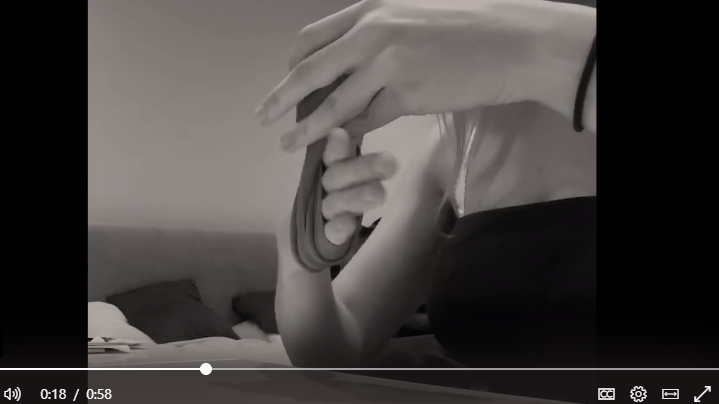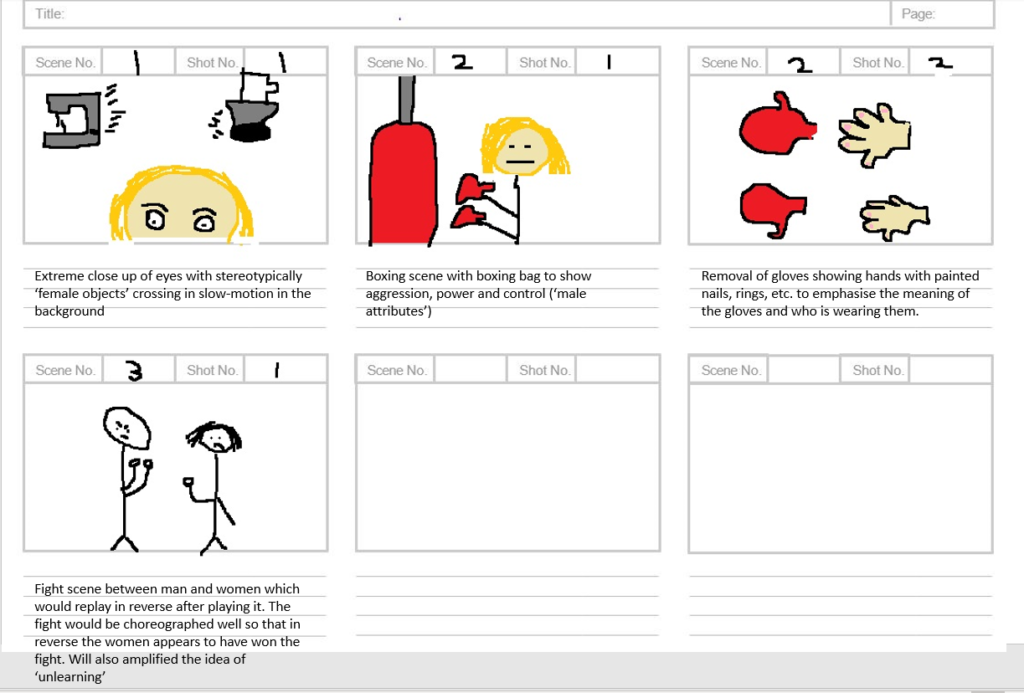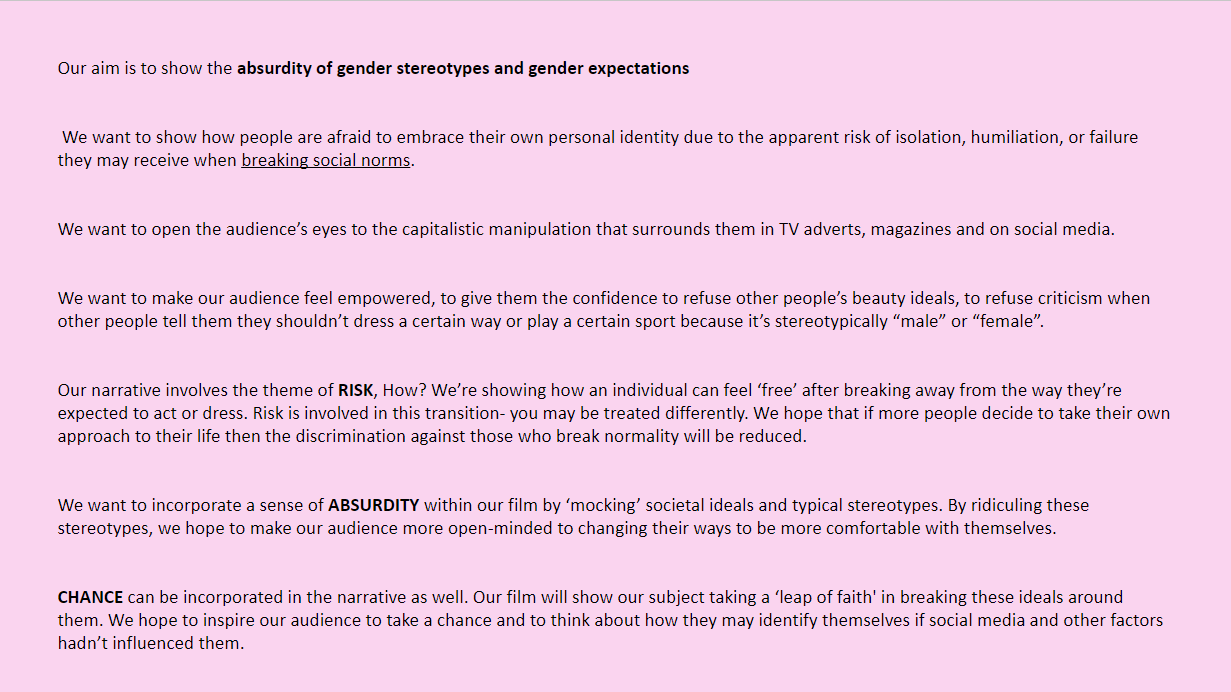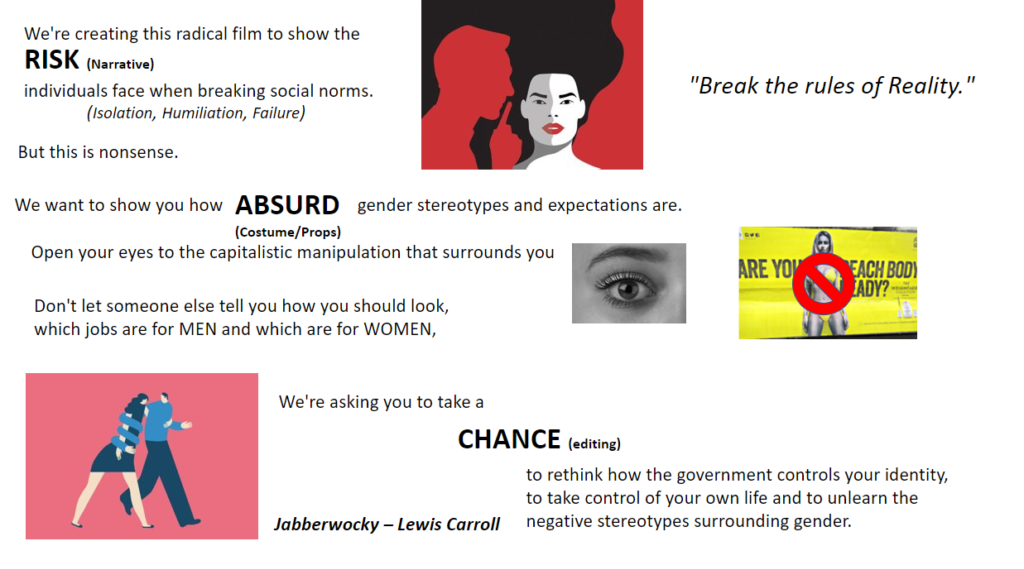Possible essay question:
- What constitutes a ‘real’ image?
- How do Robert Capa and Paul M Smith use ‘fake’ / controversial imagery to emphasize the effects of war and masculinity?
Artists:
- Robert Capa
- Paul M Smith
Plan:
- Essay question: What constitutes a ‘real’ image?
- Opening quote:
- Introduction (250-500 words):
There are multiple criteria required to consider a photograph as ‘real’, does the subject within the image exist or is it imagined, is the photo artificially created or genuine? However, there is an ongoing debate surrounding the way in which we prove and define a subject, moment, or whole image as ‘existing’. Realism, in the arts, is considered the accurate, detailed, and unembellished depiction of nature or contemporary life. This is where Robert Capa’s picture of ‘The Falling Soldier’ or ‘Death of a Loyalist Militiaman’ comes under deep controversy. This image is known to depict the very instant a loyalist militia man, from the Spanish Civil War, 1936, was fatally shot and began to collapse into death. The debate over the authenticity of Capa’s image comes under four main themes: Realism, Representation, Ethics and Truth. As said by Richard Whelan in This is War! “The Falling Soldier is neither black nor white. It is neither a photograph of a man pretending to have been shot, nor an image made during what we would normally consider the heat of battle” A brief synopsis of ‘The Falling Soldier’ would show that there are many different theories in relation to the legitimacy of the image and it’s creation, however, in truth there will never be a clear answer to its legitimacy as only Capa and the men involved in the creation of the image know its full authenticity. Due to the amount of information collected to either prove or disprove this photos originality and the lack of a clear answer, the attention has been taken away from the photographs true meaning. This raises another dispute of whether it matters at all if the image is ‘real’ as stated by Susan Bright in Is It Real? “… reality is perhaps not the most important issue when making a statement about the role of representation in warfare.”
- What is your area study? Realism
- Which artists will you be analysing and why? Robert Capa and the controversy surrounding his image of the death of a loyalist militia man. Paul M Smith and his Pastiche of Capa’s work.
- How will you be responding to their work and essay question? I will explore the realism, representation, ethics and truth of the artists and their work.
- Pg 1 (500 words):
- Historical/ theoretical context within art, photography and visual culture relevant to your area of study. Make links to art movements/ isms and some of the methods employed by critics and historian.
- Pg 2 (500 words): Analyse first artist/photographer in relation to your essay question. Present and evaluate your own images and responses.
- Pg 3 (500 words): Analyse second artist/photographer in relation to your essay question. Present and evaluate your own images and responses.
- Conclusion (250-500 words): Draw parallels, explore differences/ similarities between artists/photographers and that of your own work that you have produced
- Bibliography: List all relevant sources used



